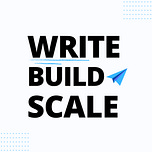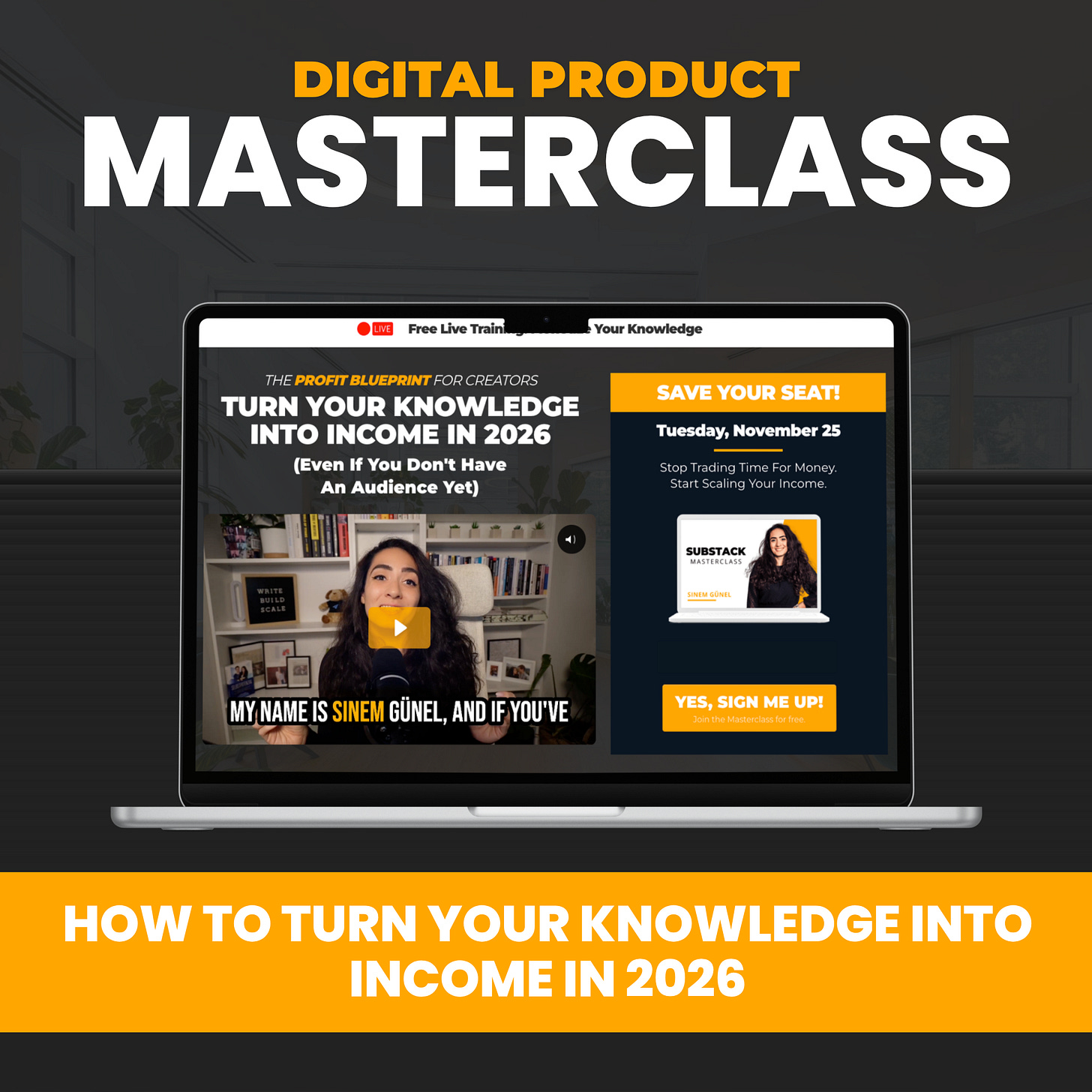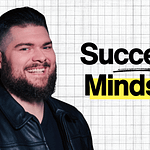Paid subscriptions are often seen as the holy grail of monetization on Substack. And yes, paid subscriptions are amazing.
As of this point, we have more than 900 paid subscribers, and we generate multiple 5-figures through paid subscriptions.
But there’s a whole world of monetization possibilities beyond simply charging for your newsletter…
By offering more than only a paid newsletter, you give your audience multiple opportunities to buy from you (and at different price points).
Besides, not every subscriber wants to commit to a recurring paid subscription, but they might be eager to purchase a one-off product that solves a specific problem.
So, setting up multiple streams of income helps you build a more resilient (and profitable) Substack business.
That’s why, in this episode of the Write • Build • Scale podcast, I’ll share 5 of the best ways you can monetize your Substack outside of paid subscriptions.
Watch On YouTube:
👉 Subscribe to the Write • Build • Scale YouTube channel, where we’ll upload a video version of the podcast every week.
Want To Turn Your Knowledge Into Income in 2026?
We’re hosting a live training where we reveal how you can turn your expertise into profitable digital products - so you can stop trading your time for money and start scaling your income in 2026.
» Click here to reserve your seat for this free training.
Key Lessons From This Episode:
Lesson 1: Mini-Courses Are the Fastest Product to Build
A mini-course is the perfect first offer to add to your Substack.
It’s small, focused, and quick to create - usually 60–120 minutes of content that solves one clear problem.
You can go from idea → outline → recording → sales in just a few weeks.
This speed lets you validate what your audience wants before committing to bigger products.
Lesson 2: The Best Mini-Courses Solve One Clear Pain Point
The most profitable mini-courses don’t try to teach everything.
They solve one specific problem that keeps your readers stuck, something they’d happily pay to fix TODAY.
For example:
“How to write your first welcome email sequence”
“How to create your first lead magnet in a weekend”
“How to get your first 10 paying subscribers”
Clear results sell best.
Lesson 3: Your Audience Always Tells You What They Want
You don’t need to guess your next product idea, your audience is already telling you (just indirectly).
Look at your Notes, comments, replies, and DMs:
What do people repeatedly ask?
Which topics get the most engagement?
Which problems come up again and again?
The questions your readers keep asking are signals of demand. Use that to build the offer they want and need.
Lesson 4: Use Your Free Content to Build Trust
Every free post or Note is a chance to demonstrate your thinking, your process, and your personality.
This builds trust long before you ever pitch a product.
When readers trust you - your judgment, your experience, your frameworks - selling any offer (whether a mini-course, cohort, or coaching) becomes far easier.
Lesson 5: Don’t Rely Only on Paid Subscribers Only
Paid subscriptions are great, but they shouldn’t be your entire business model.
When you add mini-courses, 1:1 coaching, workshops, cohorts, templates, or sponsorships on top of your paid tier, you create a more resilient - and profitable - Substack business.
Multiple revenue sources protect you from slow months, algorithm swings, and subscriber churn - while also giving your audience more ways to learn from you.













